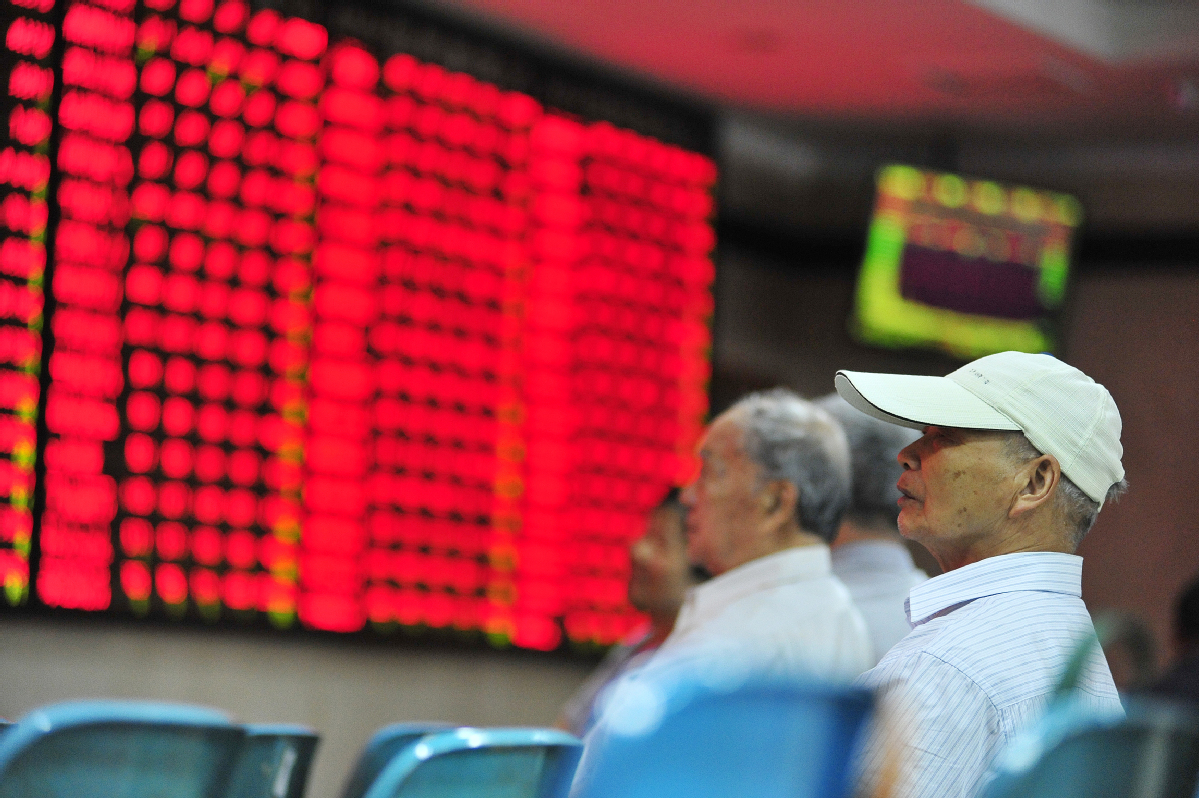Hopes on the Beijing Bourse

SMEs will inject new vitality into the Chinese economy, both helping to cushion the negative impact from the ravaging pandemic and serve China’s long-term economic growth.
According to the official website of China’s National Equities Exchange and Quotations, the Beijing Stock Exchange formally came into being on September 3. The Beijing bourse may provide a fundraising avenue with easier listing rules closer to home, stockbrokers said.
Chinese President Xi Jinping announced the establishment of the Beijing Stock Exchange during the Global Trade in Services Summit of the 2021 China International Fair for Trade in Services on September 2, showcasing the Chinese Government’s determination to develop its capital market.
The Beijing Stock Exchange, based on the existing New Third Board market, will be dedicated to serving small and medium-sized enterprises (SME). The Shanghai Stock Exchange (SSE), set up in late 1990, mainly funds well-established giants; the Shenzhen Stock Exchange (SZSE), also established in late 1990, is a Nasdaq-styled second-board market. This way, the three most economically developed belts running along China’s eastern coast, namely, the economic belt surrounding the Bohai Sea, which includes Beijing, the Yangtze River Delta including Shanghai and the Pearl River Delta including Shenzhen, are all equipped with respective capital markets.
The Beijing bourse features a more open trading system. It also adopts a registration-based initial public offering system, whereas comparatively, a new listing on the main boards of the Shanghai and Shenzhen exchanges has to go through approval procedures. Meanwhile, the daily price limit in Beijing is ±30 percent, compared with the ±20 percent limit for new shares listed on SZSE ChiNext and SSE STAR Market. Shares are openly issued to various investors, including non-specific accredited investors, specific investors and others, while the pricing mechanism is wholly market-oriented.

China’s capital market, a product of the reform and opening-up policy, has been improving and upgrading in various aspects throughout the past three decades. Foreign capital is now enjoying full national treatment in China in terms of equity ratios and business ranges. Both institutional and private investors are increasingly interested in the Chinese capital market thanks to the Shanghai-Hong Kong and Shenzhen-Hong Kong stock connect mechanisms, the Shanghai-London Stock Connect, as well as innovation in products like REITs, futures and options.
Second, the Chinese Government hopes to promote economic transformation, as well as the growth of the service sector and the overall economy through the tailwind for SMEs courtesy of the capital market, against a backdrop of rising uncertainty stemming from the COVID-19 pandemic.
The New Third Board, which formally went into operation in 2013, is an equity market tailored to befit the needs of unlisted SMEs. Companies in this market mainly focus on new-generation information technology, high-end equipment manufacturing, new energy, new materials, biomedicine, etc., and are thus tech-intensive and quite competitive. However, the New Third Board has been plagued by a core issue since it first got underway: low investor participation. Consequently, these enterprises encounter many problems in terms of quotation and financing.
Thus, to list picked ones among them on the Beijing Stock Exchange becomes a crucial way for these SMEs to raise money. SMEs, in turn, will inject new vitality into the Chinese economy, both helping to cushion the negative impact from the ravaging pandemic and serve China’s long-term economic growth.
 Facebook
Facebook
 Twitter
Twitter
 Linkedin
Linkedin
 Google +
Google +










